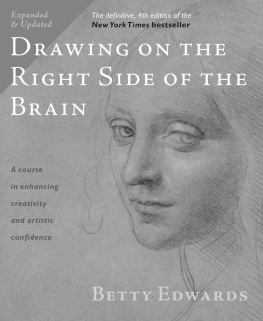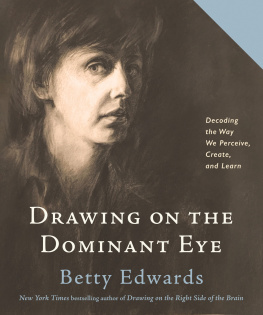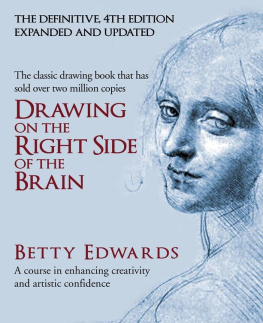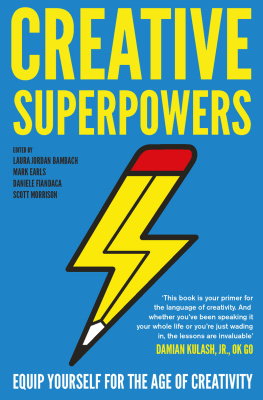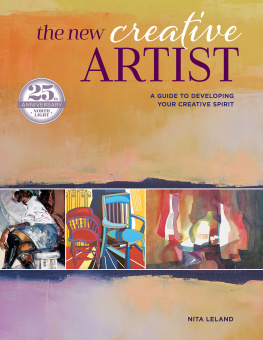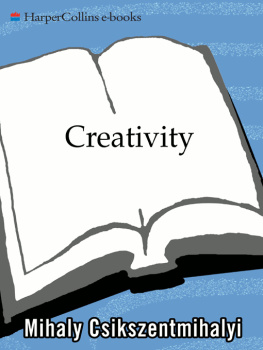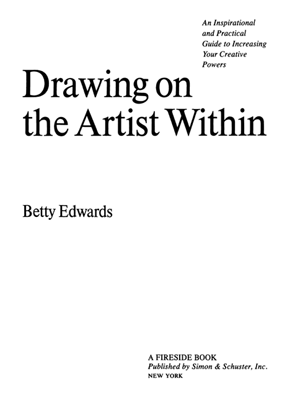Betty Edwards - Drawing on the Artist Within : A Guide to Innovation, Invention, Imagination, and Creativity
Here you can read online Betty Edwards - Drawing on the Artist Within : A Guide to Innovation, Invention, Imagination, and Creativity full text of the book (entire story) in english for free. Download pdf and epub, get meaning, cover and reviews about this ebook. publisher: Simon & Schuster, genre: Home and family. Description of the work, (preface) as well as reviews are available. Best literature library LitArk.com created for fans of good reading and offers a wide selection of genres:
Romance novel
Science fiction
Adventure
Detective
Science
History
Home and family
Prose
Art
Politics
Computer
Non-fiction
Religion
Business
Children
Humor
Choose a favorite category and find really read worthwhile books. Enjoy immersion in the world of imagination, feel the emotions of the characters or learn something new for yourself, make an fascinating discovery.

- Book:Drawing on the Artist Within : A Guide to Innovation, Invention, Imagination, and Creativity
- Author:
- Publisher:Simon & Schuster
- Genre:
- Rating:5 / 5
- Favourites:Add to favourites
- Your mark:
Drawing on the Artist Within : A Guide to Innovation, Invention, Imagination, and Creativity: summary, description and annotation
We offer to read an annotation, description, summary or preface (depends on what the author of the book "Drawing on the Artist Within : A Guide to Innovation, Invention, Imagination, and Creativity" wrote himself). If you haven't found the necessary information about the book — write in the comments, we will try to find it.
AH-HA! I SEE IT NOW!
Everyone has experienced that joyful moment when the light flashes on -- the Ah-Ha! of creativity.
Creativity. It is the force that drives problem-solving, informs effective decision-making and opens new frontiers for ambition and intelligence. Those who succeed have learned to harness their creative power by keeping that light bulb turned on.
Now, Betty Edwards, author of Drawing on the Right Side of the Brain, the million-copy best-seller that proved all people can draw well just as they can read well, has decoded the secrets of the creative process to help you tap your full creative potential and apply that power to everyday problems. How does Betty Edwards do this? Through the power of drawing -- power you can harness to see problems in new ways.
You will learn how the creative process progresses from stage to stage and how to move your own problem-solving through these key steps:
* First insight
* Saturation
* Incubation
* Illumination (the Ah-Ha!)
* Verification
Through simple step-by-step exercises that require no special artistic abilities, Betty Edwards will teach you how to take a new point of view, how to look at things from a different perspective, how to see the forest and the trees, in short, how to bring your visual, perceptual brainpower to bear on creative problem-solving.
Betty Edwards: author's other books
Who wrote Drawing on the Artist Within : A Guide to Innovation, Invention, Imagination, and Creativity? Find out the surname, the name of the author of the book and a list of all author's works by series.

